Ok, so here’s how I’ve most recently been using my Shure wl-183 microphones.Of course as usual, I reserve all rights to my recordings and my inventions where they are unique, so don’t even think about using my recordings or ideas for any money-making scheme without my permission. If you have any questions or comments, please visit our contact page and send us an email. |
_______________________________

Since there's not always a tree there when you need it, one can make a barrier out all sorts of things, and rocks work quiet well for this. Click here (mp3, 1.2MB, 1:15min.) for an example of a recording where I used a rock as a barrier to record Pacific Chorus Frogs. |
_______________________________

|
_______________________________
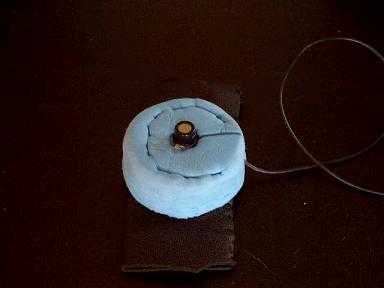
|
_______________________________

|
_______________________________
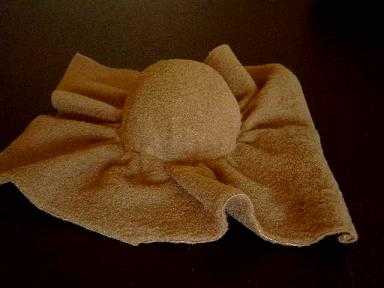
|
_______________________________
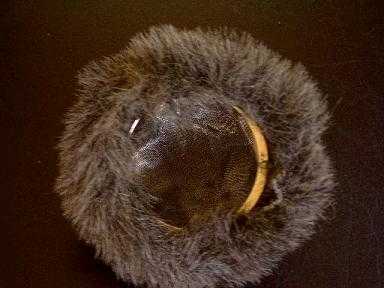
|
_______________________________
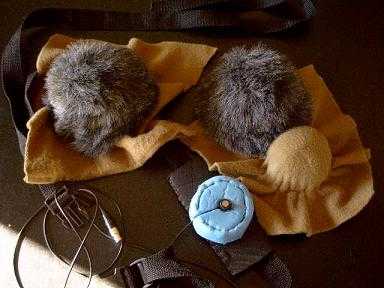
|
_______________________________
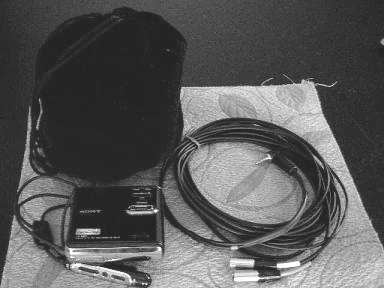
If you want a set of Tree Ears but don't want to build them yourself, I would gladly make some for you at a fair price. For inquiries, please visit our contact page and send us an email. |
_______________________________
John Hartog
Natural Soundscape Recording
Portland, Oregon USA
www.rockscallop.org
A tribute to the world’s vanishing quiet places
page created 2/10/2006; last update 2/5/2008